Interview with Roi Ariel, General Manager of the GSTC
- Team
- Aug, 15, 2022
- Interviews
- One Comments
Roi Ariel pulls the strings of what is currently one of the most important organisations when it comes to making the biggest business sector in the world economy, tourism, more sustainable. As General Manager of the GSTC, the Global Sustainable Tourism Council, he works with an ambitious international team to help organisations, companies, destinations and others make the transition to sustainable tourism.
In times when presumably every child knows exactly about climate change, this is an extremely important task. After all, an average of 1.5 billion people travel every year, generating a huge impact on the climate, on people and on the economy. So there are plenty of reasons to ask Roi where the journey is going.
Things we wanted to talk about with Roi:
- What does the General Manager of the GSTC do?
- What is the GSTC and what does it stands for?
- Why does the world need a body like the GSTC?
- How does a traveller identify a credible certification?
- What are the biggest obstacles in acting more sustainable?
- How de we reduce the climate impact of travelling?
- Has covid accelerated the transition to sustainable travel?
- Tell us a secret! What does the world not know about Roi Ariel?
Over the past 5 years you are the General Manger of the Global Sustainable Tourism Council (GSTC) and dedicated to responsible travel and sustainable tourism. What is it you do in your position?
In short, I manage the organisation’s operation, communication, membership and events. It also includes managing a fantastic team that is located across the world: Canada, UK, Japan, Korea. I myself live in Taiwan.
My work includes working closely with key governmental agencies and influential companies to mainstream and promote adherence to sustainability within the travel and tourism industry. I believe that issues related to sustainability are one of the most crucial things at our time.
Please explain in more detail what the GSTC does and what it stands for.
The core of the Global Sustainable Tourism Council is to manage the GSTC Criteria, which are the global standards for sustainable travel and tourism. The GSTC also provides assurance for sustainable tourism by recognising others standards that include the GSTC criteria, as well as provides international accreditation for sustainable tourism certification bodies.
Another important activity that we’ve been engaged with more than before, is supporting destinations to be more sustainable. We work to together with DMOs (Destination Marketing/Management Organisation) and helping them using the GSTC Destination Criteria.
We also promote market access, meaning that we work closely with prominent OTAs (Online Tour Operator) and large travel providers with the aim to highlight accommodations or tour operators, certified based on the GSTC framework. To do all of that we need to increase knowledge and this is something that we do through the GSTC sustainable tourism training program.
Another point that is quite crucial to know is that the GSTC Criteria are relevant not only to leisure travel, but also business travel.
Lastly, the GSTC also acts as a community and network, creating a movement for everyone who thinks that sustainability in travel and tourism is important. This way we can also assure to use a common language together with the GSTC Criteria.
Why does the world need a body like the GSTC?
In 2007, UNEP, UNDP, Rainforest Alliance, UNWTO, the UN Foundation, and a coalition of 32 organisations came together to establish what now is called the GSTC with the goal to create a global standard, which now is the GSTC Criteria. The GSTC was established to create some order in the jungle of numerous standards, schemes and labels that have existed over the past two decades.
Over a period of 15 months the newly founded GSTC analysed more than 4.500 criteria from about 60 existing certification standards and other voluntary set of criteria, principles and guidelines that existed at that time. The GSTC has worked with experts to identify the key criteria that run through all of them. The result was narrowed down to the areas that meet the current GSTC criteria.
After this first step we involved around 80.000 people worldwide and invited them to comment so that the narrowing down to the final set of criteria was very inclusive from the start. That’s the reason why the GSTC Criteria are so popular and being used all over the world, whether it’s in Taiwan, in Sweden, in Germany, in Vanuatu, in Namibia or in Chile. Everyone can actually relate to it from different sizes of organisations for different sizes of countries, and so forth.
Today the core of the GSTC Criteria stands on four pillars: sustainable management, social economical issues, cultural aspects and environment. There is a significant difference to concepts such as ESG, environmental, social and governance, which is applied in the financial world and other areas. While ESG also focusses on environmental, social and governance issues, in tourism there is the very important aspect of culture, the third pillar of the GSTC Criteria.
Today there are many different labels that the average traveller has difficulties to find the ones that can be trusted. What could be done to make the GSTC accredited certifications and recognised standards better known?
Good question! This is definitely an issue. Everyday we learn about a new standard and label. We are familiar with about 180 and counting. But many of the existing standards are not used for certification. Let me start by describing the certification process and how the GSTC helps to ensure high quality.
Certification is defined as voluntary third-party assessment through an audit of a tourism enterprise or destination for conformity to a standard. Certifications helps to verify claims. But an important question is, how does one chooses a certification body to conduct the certification?
The range is enormous, there are rigorous, impartial and excellent certification bodies but also poorer certification bodies. Distinguishing the good from the less good can be difficult. This is where accreditation comes into play. Sometimes it is also described as “certifying the certifiers“, which explains it quite good.
Accreditation helps us to provide a higher level of assurance and also protect against liability issues. For this it is important to verify the process of the certification. It is crucial that the certification is conducted in a competent and neutral manner. The certification procedure has to meet international principles for transparency, impartiality and competence.
This assurance program and filtering is part of the GSTC’s collaboration with OTAs, NTOs (National Tourist Organisations), and travel providers. It’s them who have contact to the travellers, not us. They help spreading the information and give out the message about trustworthy certification on basis of the GSTC Criteria. We provide our partners with important information so that they can go out and spread to the average traveller.
What are the biggest obstacles or challenges for touristic companies but also destinations to become more sustainable?
There are crucial obstacles. Overcoming them will help to solve a lot of other problems. The first is management. Sustainability needs management. Many times businesses and destinations don’t treat sustainability in a way that it deserved. Either sustainability is not considered a management issue at all, or if it is then it’s given to someone without deeper knowledge in the topic. In some destinations, DMOs are still considered as destination marketing organisation and not a destination management organisation. If sustainability is being addressed correctly, a lot of important steps follow automatically.
The second obstacle is professionalism. For this you need the right knowledge, a proper training, recruit an expert, or hire a consultant. This is an important basic prerequisite for understanding important contexts. Let me give you an example: A friend of mine told me one year ago about his property management company and that one employee participated in the GSTC sustainable tourism course to learn what sustainable tourism is about and how the GSTC Criteria can be used. When I met him lately he told me that the employee pushed for many changes and improvements because of the knowledge he gained from the course, and that a few properties were ready for certification.
I was happy to hear what a difference one person can make. Previously, the organisation did not look at sustainability in a systematic manner. After one person participated in the course, gained the knowledge and felt that the company could change something, he persuaded the others to start changing and things started to happen. That is great.
When talking about sustainability and tourism there is a big elephant in the room – the climate impact of flying. How do we shrink this elephant?
That’s a huge topic. Flying is just one of the many issues related to tourism that have impact on the climate, just like diet, food waste, construction and increase in population.
The impact of flying has to be and will be reduced in the future. First, we need and will get better airplanes. Right now Boom Supersonic for example is developing a much better aircraft, that will transport people faster while using less energy. Secondly, there is the need to use more sustainable aviation, and third we should reduce flying by staying longer at a destination, or just using different means of transport, for example by train. But this is not possible everywhere and can only be done in very specific parts of the world like USA, China and Europe. I live in Taiwan, it’s an island, I cannot take a train to another country, it’s just impossible. Long distance or international train journeys are impossible in other places, like in Israel, where I am from. In many places there aren’t many comfortable train rides available.
Aviation is outside the GSTC’s mandate. The GSTC focusses on destination management, accommodations and tour operators including land transport.
Do you think you the covid pandemic will accelerate the shift to more sustainable tourism?
When looking at surveys and reports from booking.com and other OTAs that came out during COVID time, it looks like sustainability has been mainstreamed and is becoming something that travellers expect to see.
We already notice that travellers look closer at fine prints for health and safety issues practices of their accommodation service provider. While they do that, they also check issues related to sustainability.
On the other hand, we are aware that people often behave differently on holiday than at home, are less strict, and leave their sustainability consciousness partly at home. There is also often a difference between what people want to do and what they actually do. That is a challenge.
The pandemic has also encouraged people to explore the local areas more than before which benefits especially rural and outdoor activities, with the result that these specific businesses recovering more quickly than others.
Also, we saw a huge momentum over the past two years, as many countries and destinations began addressing issues related to sustainability in a systemic manner. The reason was that they had funding in their budget for marketing that they couldn’t use because of the pandemic. Instead, they used it to address sustainability. Some examples:
Japan tourism agency has formally adopted the GSTC Criteria as part of its tourism policy and trained tens of destinations. Singapore aims to reach 60 percent of hotels certified by accredited certification bodies. Turkey has announced earlier this year that they will lay out a clear plan to make sustainability certification gradually mandatory by 2030, which makes it the first nation in the world to do so. These are all very encouraging developments that we have seen over the past few years.
Tell us a secret, something special that (most of the) people don’t know about you. Surprise us!
I actually taught myself to read when I was at kindergarten and so far in my life I’ve learned nine different languages. Although doesn’t mean that I am fluent in them all! Another thing is that I really enjoy taking photos of caterpillars, especially here in Taiwan as they are just beautiful and magnificent. For some reason, I just happen to spot them every time when I go hiking. If you are interested, I post pictures of them sometimes on Instagram.
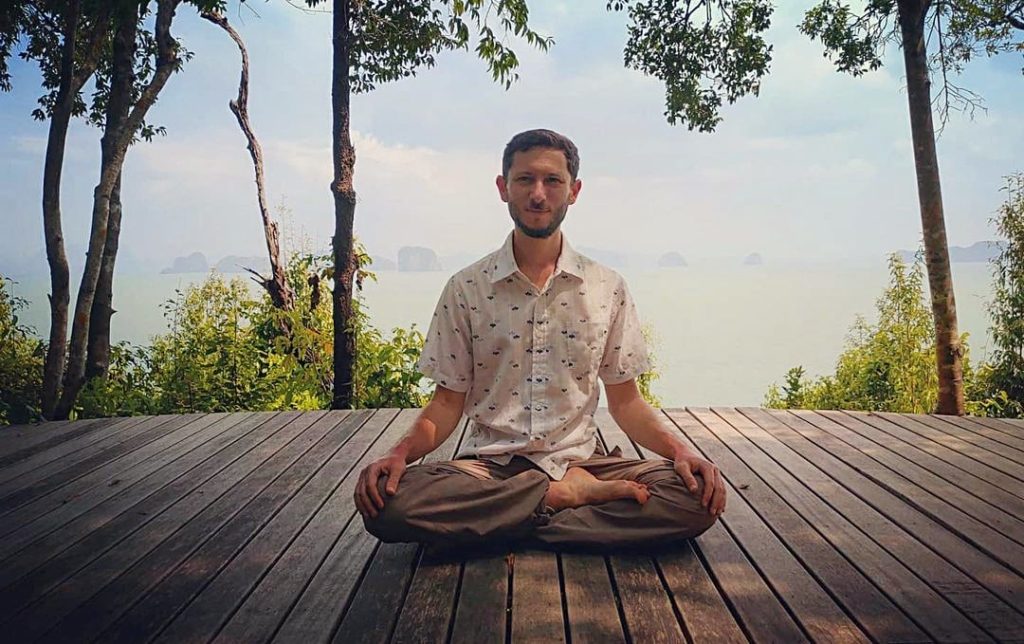
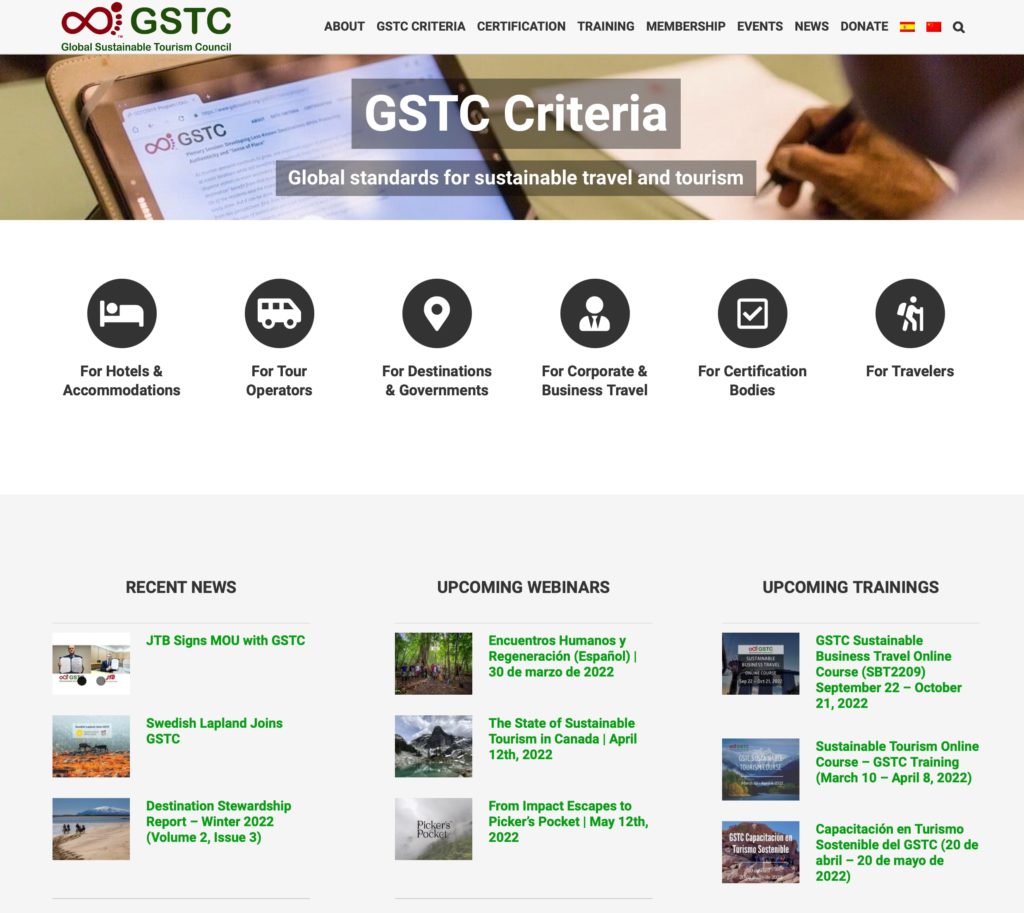
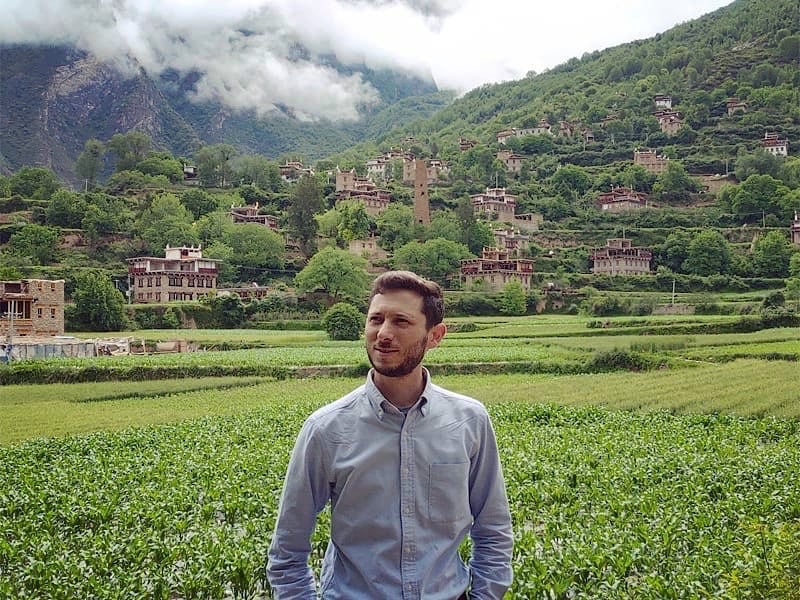
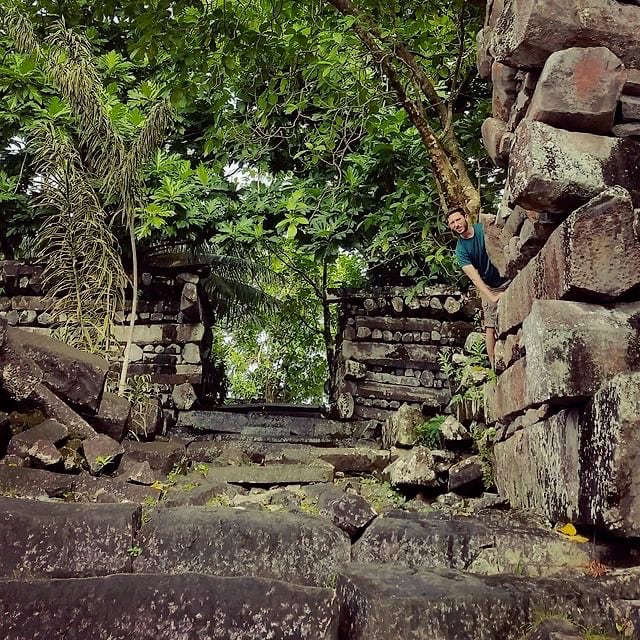
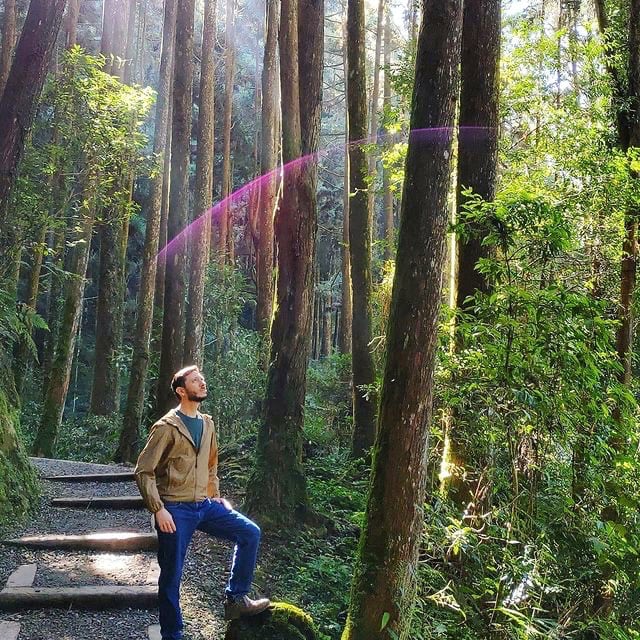

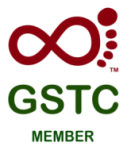



Very nice post